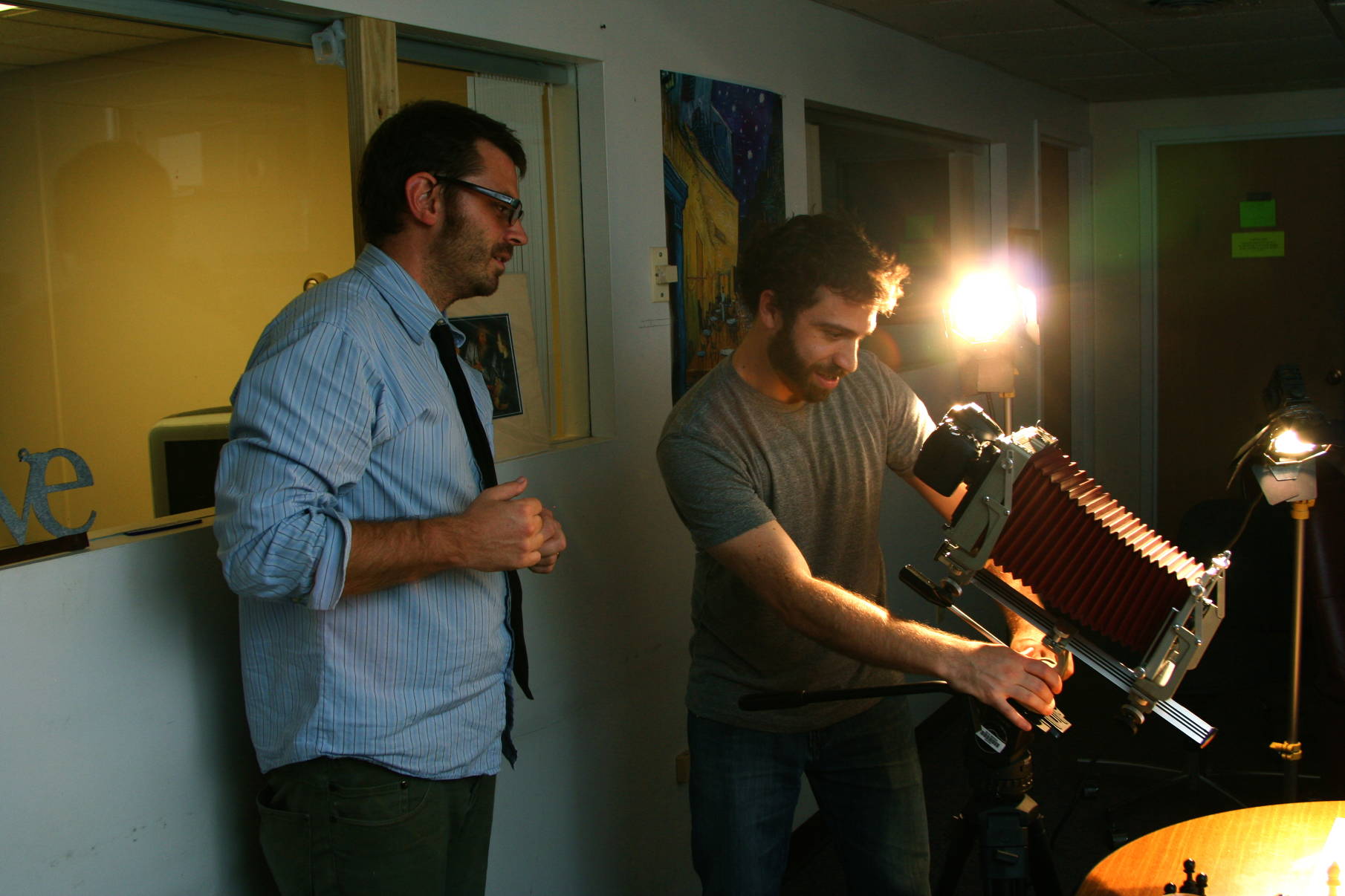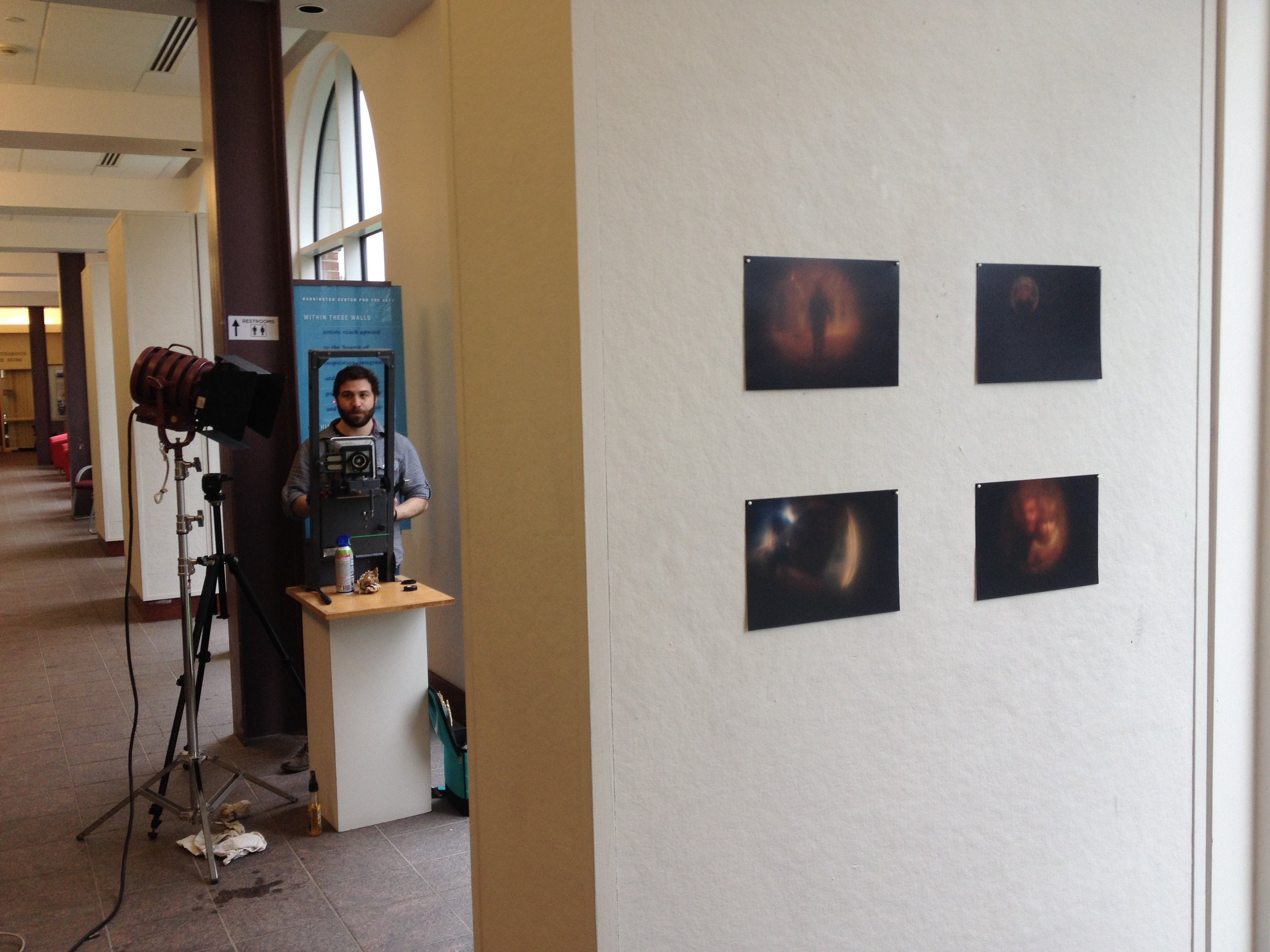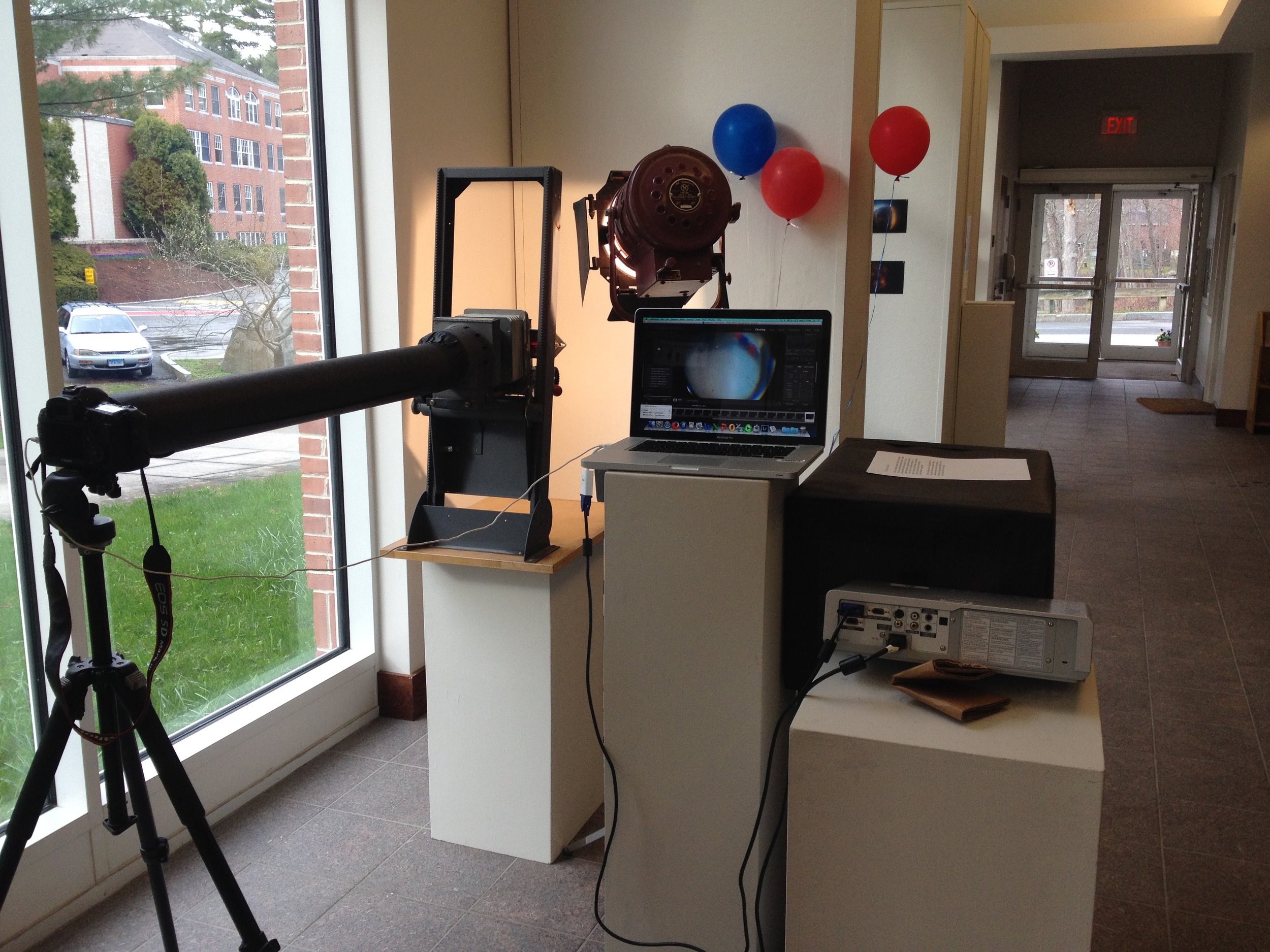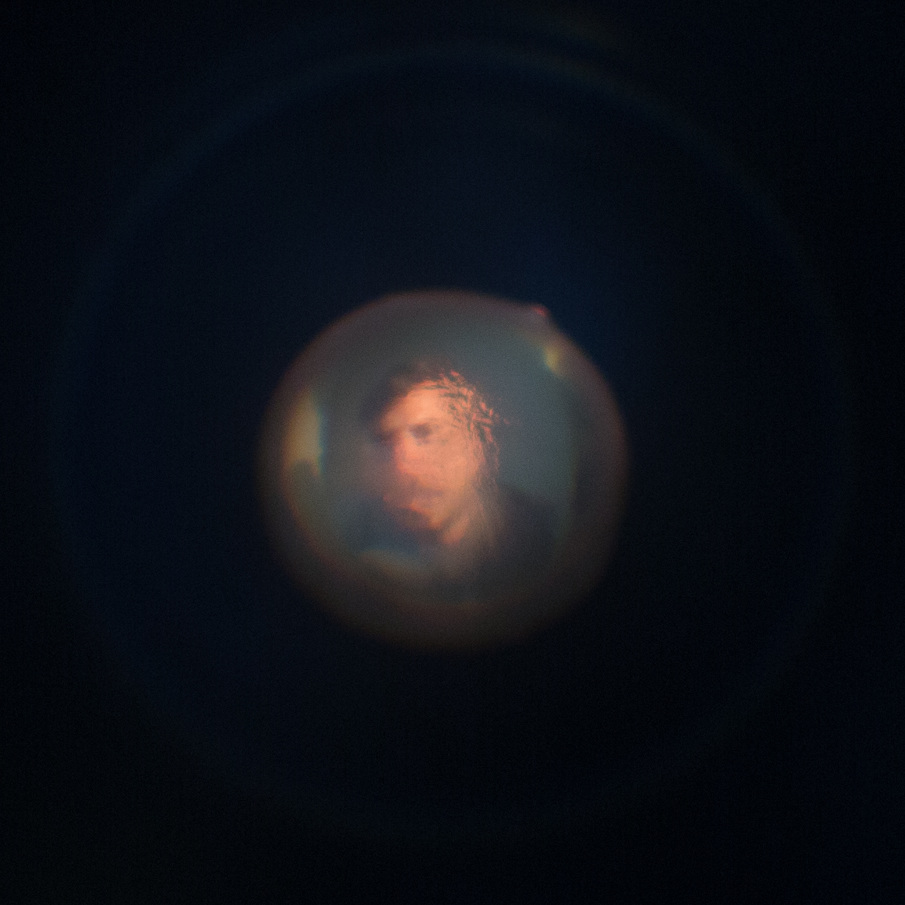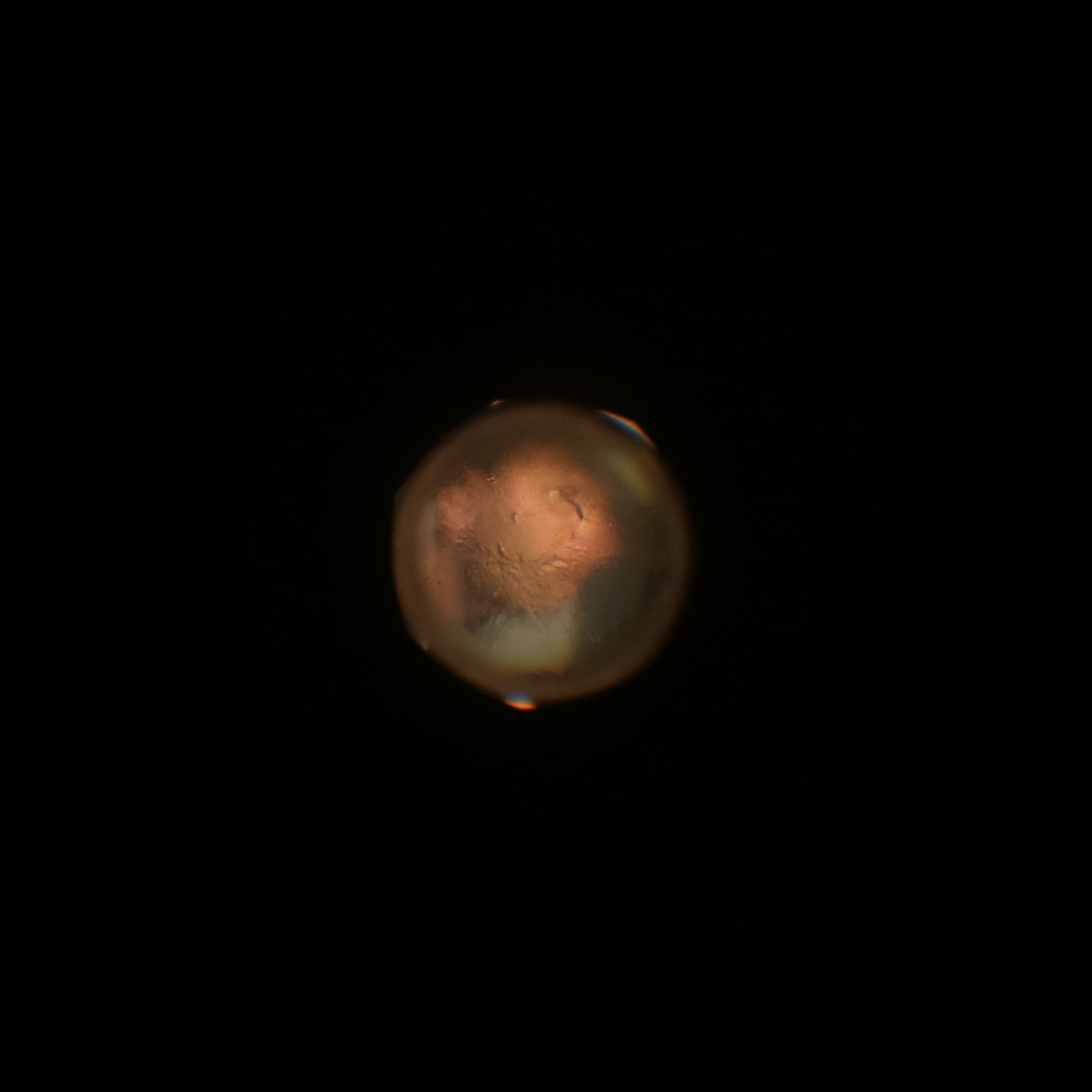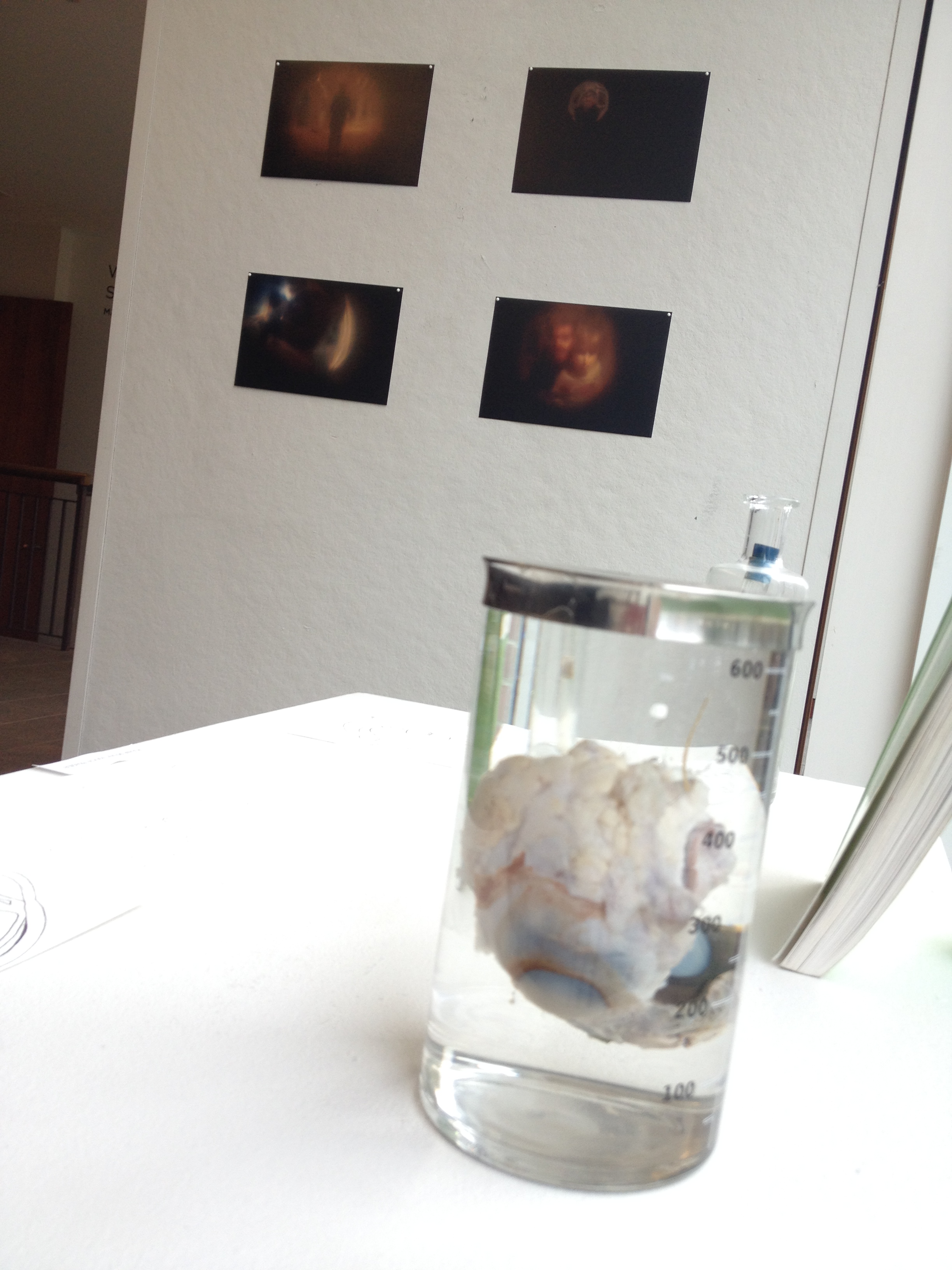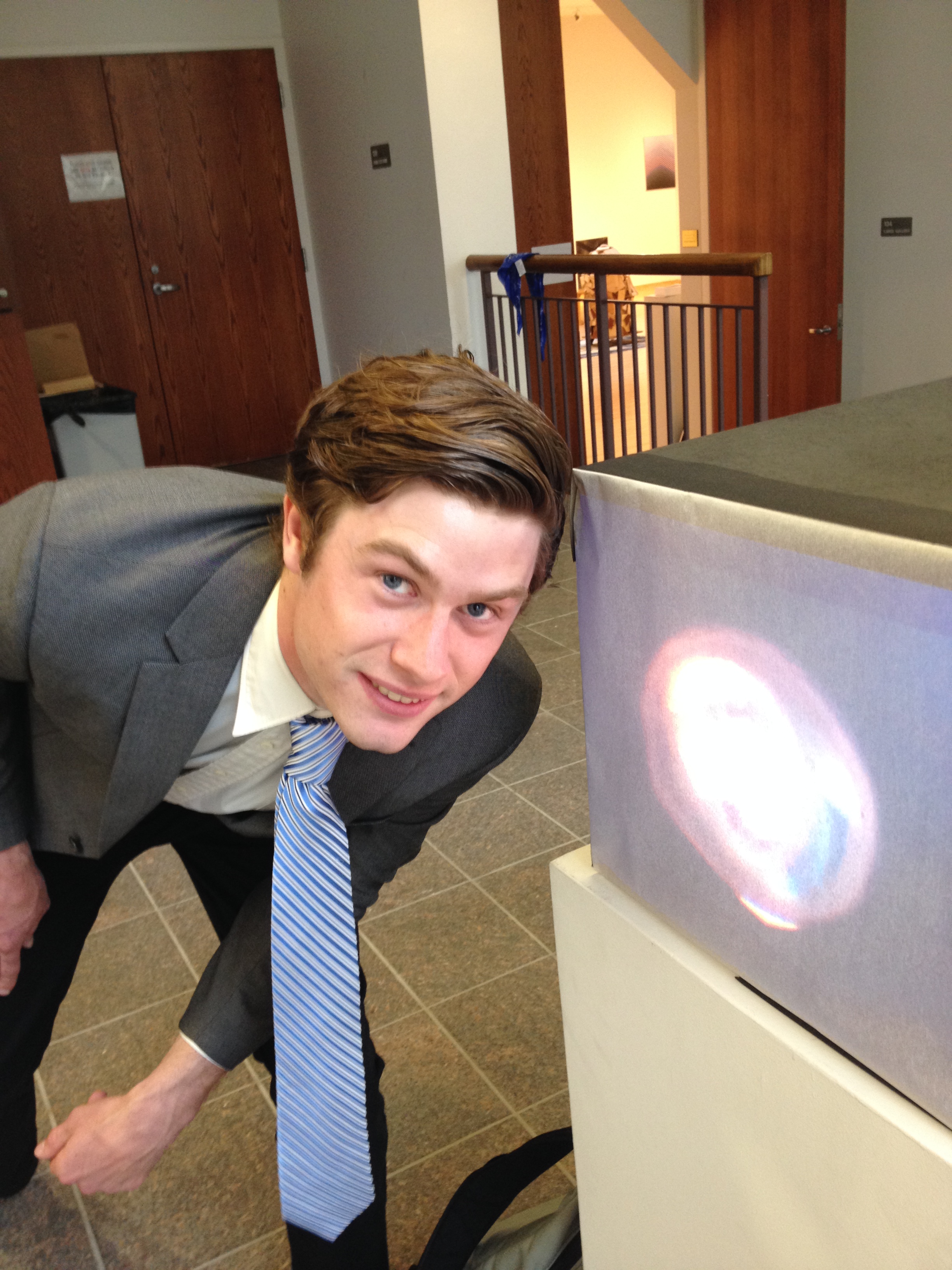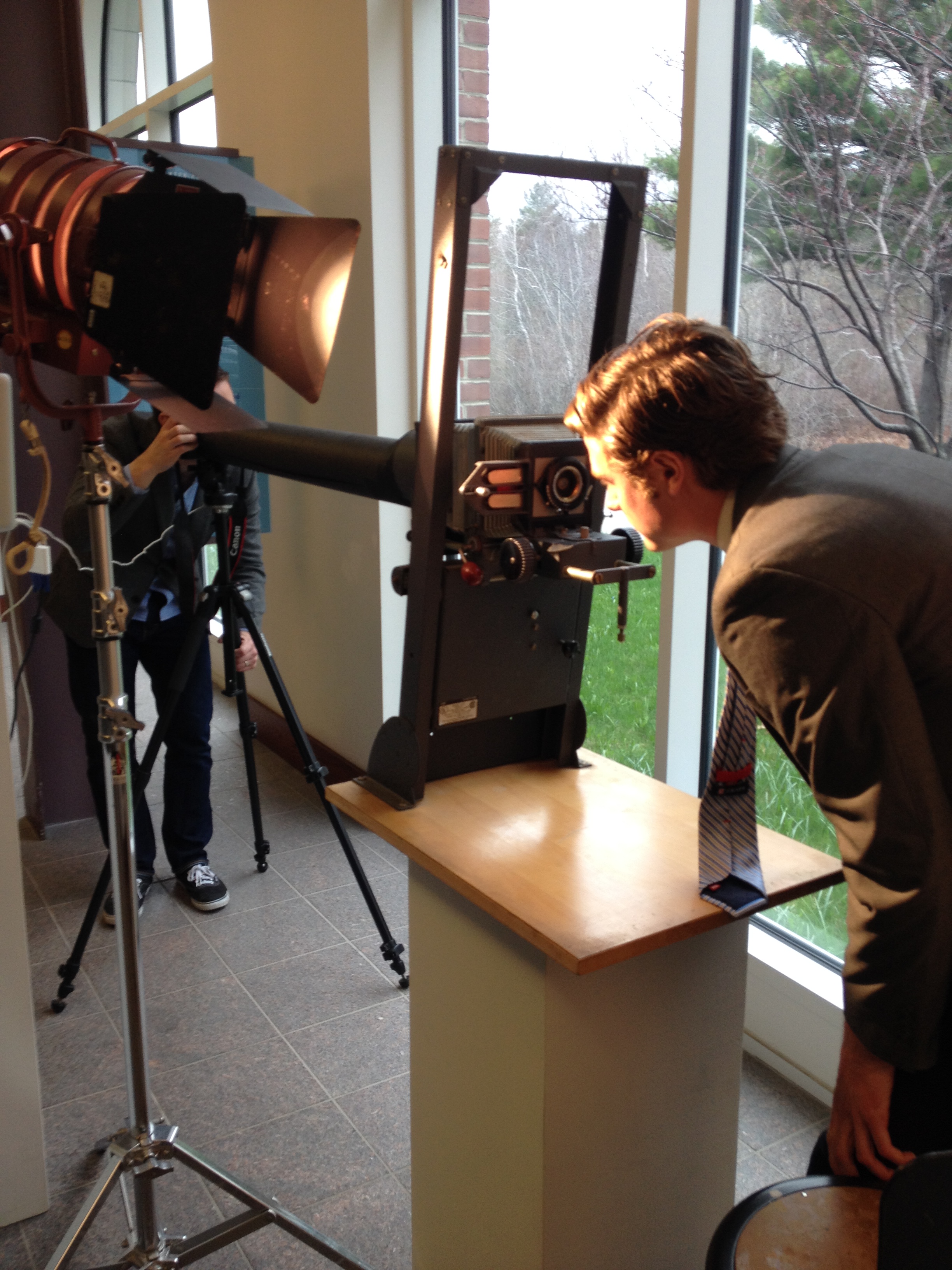The Animal Eye Camera (2005 - Present)
Taking the eye of a newly dead person (or failing that, the eye of an ox or some other large animal), you carefully cut away at the back and put this eye in the hole of a specially made shutter. You will see there, not perhaps without wonder and pleasure, a picture representing in natural perspective all the objects outside.
-Descartes Optics Discourse 5
The Animal Eye Camera captures the retinal images from real animal eyeballs such as fish and cows using digital photography. It uses two methods: 1) an immobile “baffle” mechanism that does not use any lenses and a mobile “telephoto-tube” mechanism that uses a telephoto lens and a long tube. It is an interdisciplinary and collaborative project that often includes student researchers involving visual media, animal ethics, philosophy of mind, philosophy of perception, and the Cognitive Sciences.
Public education: The images produced by the Animal Eye Camera provide an accessible, ‘inside’ look into the optical properties of different eyeballs and how they distort images. This may capture public interest in the world of optics, sensory perception, and the Cognitive Sciences, supplementing related research into animal eyes by researchers such as Land and Nilsson (2012) who have a host of publications for popular medias.
Aesthetics and Animal Ethics: Future content of the images from the Animal Eye Camera will include documentation of interactions between animals and their environment, thereby deconstructing animal sensory experience in the context of their lived lives—what it is like to be a fish, rodent, domesticated animal, etc. Such images relate to the work of various ecological artists such as Damien Hirst (1991) who uses biological organisms to provoke existential questions and promote conversation and debate over human uses of animals, both domestic and wild (Regan, 1983).
Philosophy of Mind, Sensory Perception, The Cognitive Sciences: The research fields of Philosophy of Mind and Epistemology question the accuracy of sensory perception, theorizing that illusions and other sensory distortions demonstrate that sensory experience cannot be trusted as a basis of knowing about the world. The Animal Eye Camera images add support to this skeptical claim, directly showing that visual experience is distinct for different species at the foundational level of optics—different animal eyes distort visual images differently (Matthen, 2005). In addition, the images of the Animal Eye Camera provoke a further question: does brain ‘processing’ of visual images—moving from the retinal image to the visual cortex to the frontal lobe—correct” the distorted retinal image, or do different animals actually experience the distortions generated by their unique eyes? For instance, might a fish with their distorted “fish eye” retinal image (due to their spherical-shaped lens) actually see the world as a “fish eye” distortion, or does their brain’s processing of visual images ‘correct’ this distortion to more of an image experienced by normal human vision? If the latter, we can ask further what counts as a “true” image of the world?
The last known similar use of animal eye “cameras” (camera obscura) was by early modern natural philosophers, including Descartes (1637), to confirm that the retinal image of an eyeball was inverted (Hershenson, 1989) and thus the retinal image resembled neither the visual experience of the world nor the world itself. Such animal eye “cameras” were also used to conduct a myriad of other discoveries, including a confirmation of the “Moon Illusion,” that the retinal image of the moon on the horizon is the same size as the retinal image of the moon when at its zenith, even though the perceived size of the moon is larger on the horizon than in its zenith. The Animal Eye Camera continues in this vein, providing a hands-on visual demonstration of how the causal components of visual experience are not correlated with the actual visual experience, contributing to the skepticism of our senses.
In addition, the photographic work of the animal camera is closely situated in the ecological art of Damien Hirst (1991), Andy Goldsworthy (2008), and Wolfgang Laib (2013) who use natural artifacts: sharks, rocks, and pollen (respectively)—to create sculptures. Similarly, the animal camera follows in this use of natural artifacts, in this case animal eyeballs, to produce visual media, deconstructing perceptions and ideas of the natural world.
Lastly, the study of sensory perception by the fields of philosophy of mind and psychology of sensation and perception generally hold that cognitive processing “corrects,” “fills in,” and “contextualizes” visual raw data from the retinal image (Dennett, 1997). For instance, insect eyes often include multiple lenses creating sometimes thousands of retinal images on each retina (ommatidia), and yet it is often thought that the insect sees a single unified three-dimensional image (Niiyananda et al., 2016)—much as humans see a single unified image though they have two retinal images, one from each eye. The distorted images from the Animal Eye Camera support this contention: the retinal image and the perceived image do not hold a perfect one-to-one corresponding resemblance, though they are causally related. This provides hands-on support for skepticism of the senses, that we cannot trust our senses to provide knowledge of reality.

